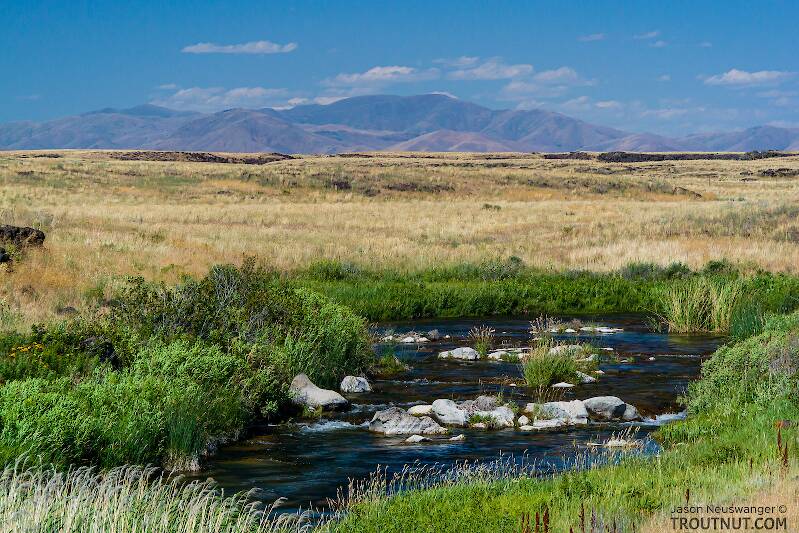
Blue-winged Olives
Baetis
Tiny Baetis mayflies are perhaps the most commonly encountered and imitated by anglers on all American trout streams due to their great abundance, widespread distribution, and trout-friendly emergence habits.


Isoperla fusca (Yellow Sally) Stonefly Nymph Pictures
This specimen represents a common find in a late-April sample from the far upper Yakima River. It seems to be the same species as another one I collected previously. Of the species keyed in Szczytko & Stewart 1979, it probably matches Isoperla fusca closest, but there's a good chance it's a species that wasn't in the key. The leg segments have a fringe of fine hairs which is supposed to be absent in Isoperla fusca, and the four dark stripes of the mesonotum and metanotum don't continue as 4 separate stripes on the pronotum as they should in the description of fusca. It's possible fusca is more variable than previously described, or this is a different species not included in that key. It's also worth noting there's definitely no fringe of fine setae on any part of the cerci, just the whorls of little stout ones around segment bases.
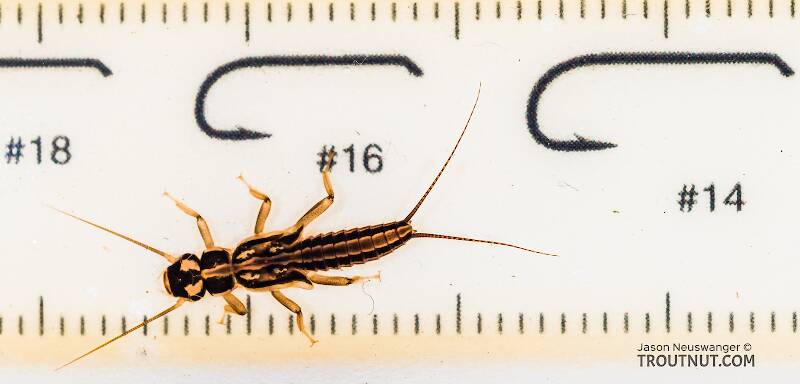
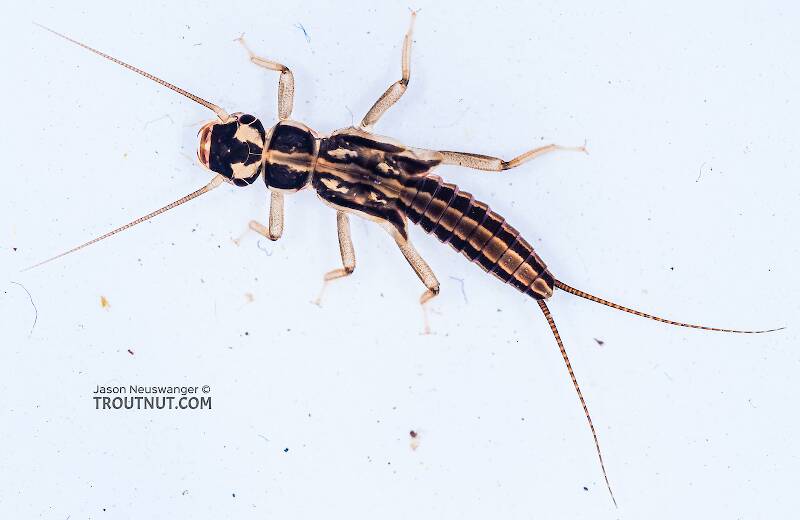
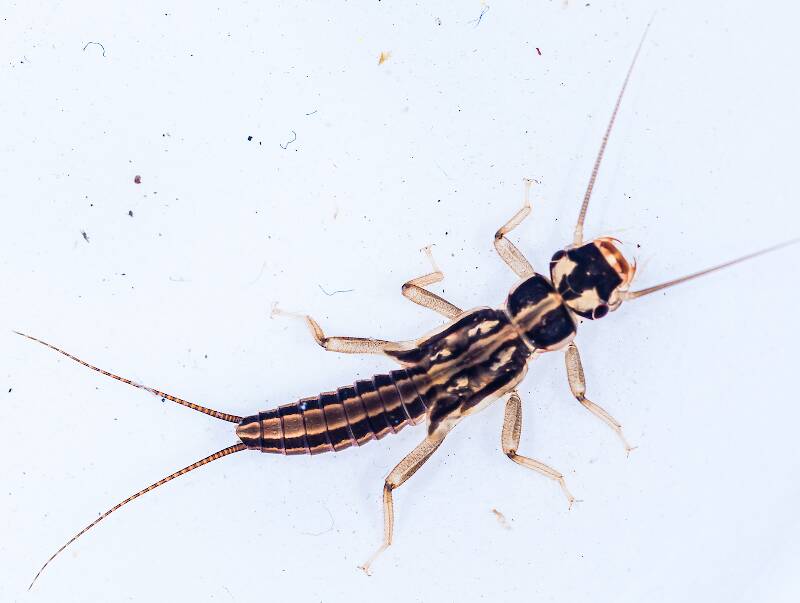
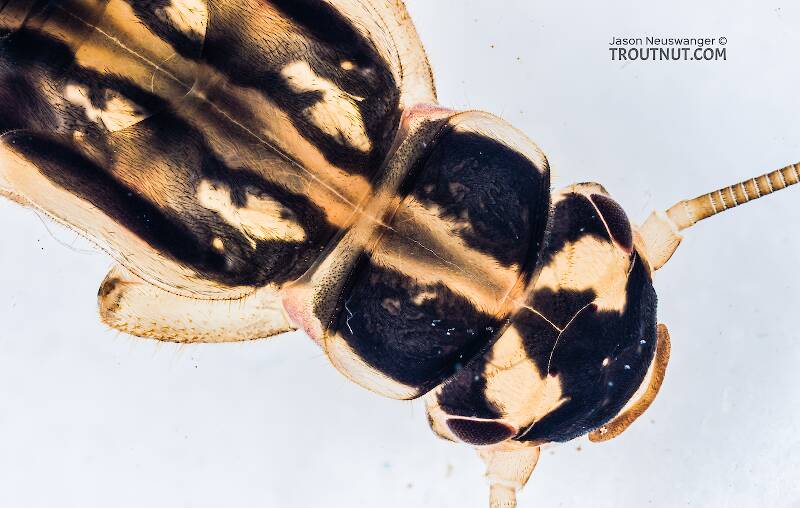
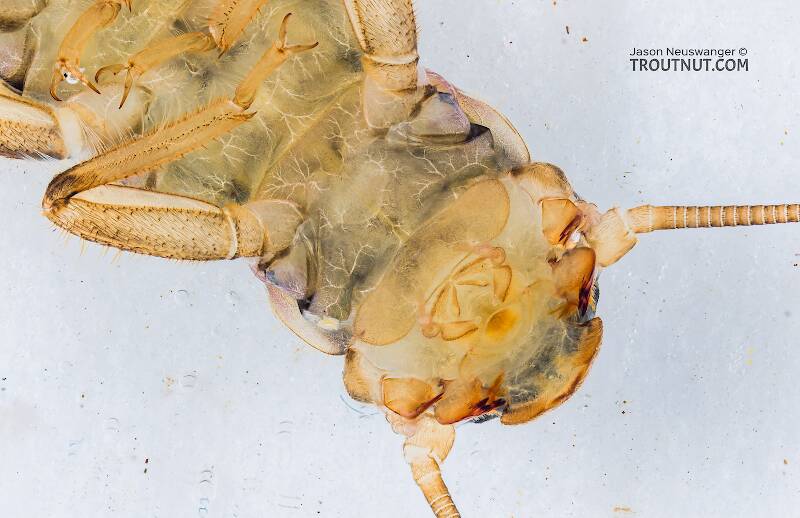
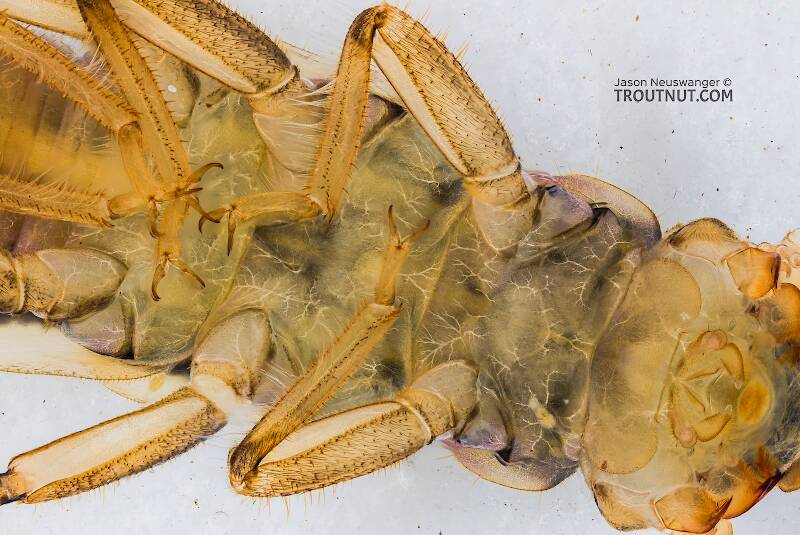
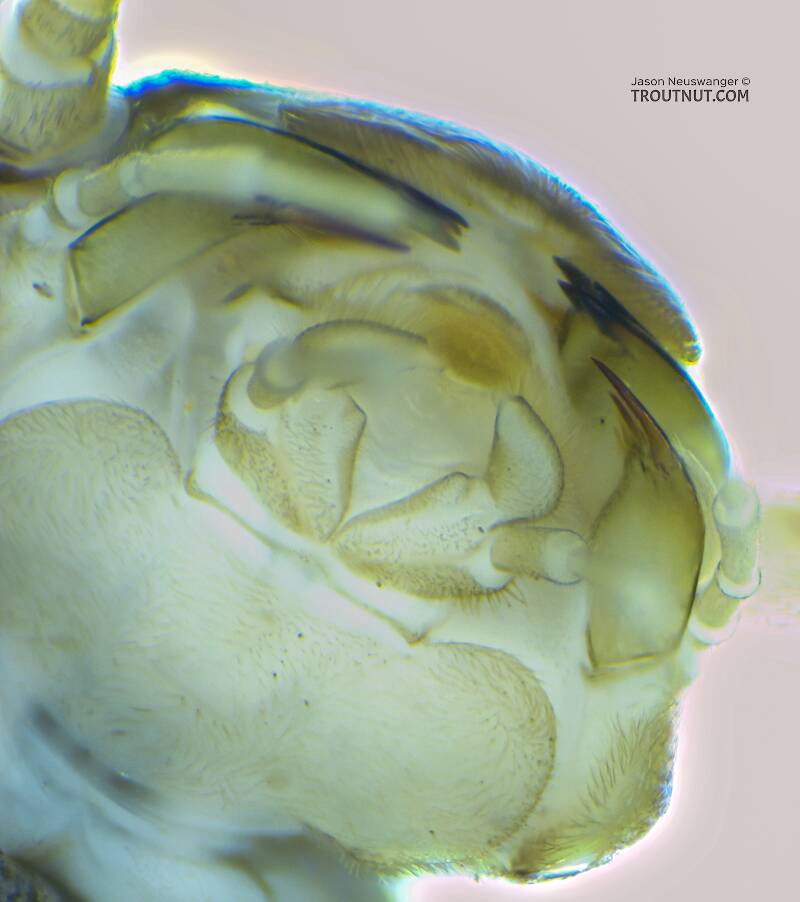
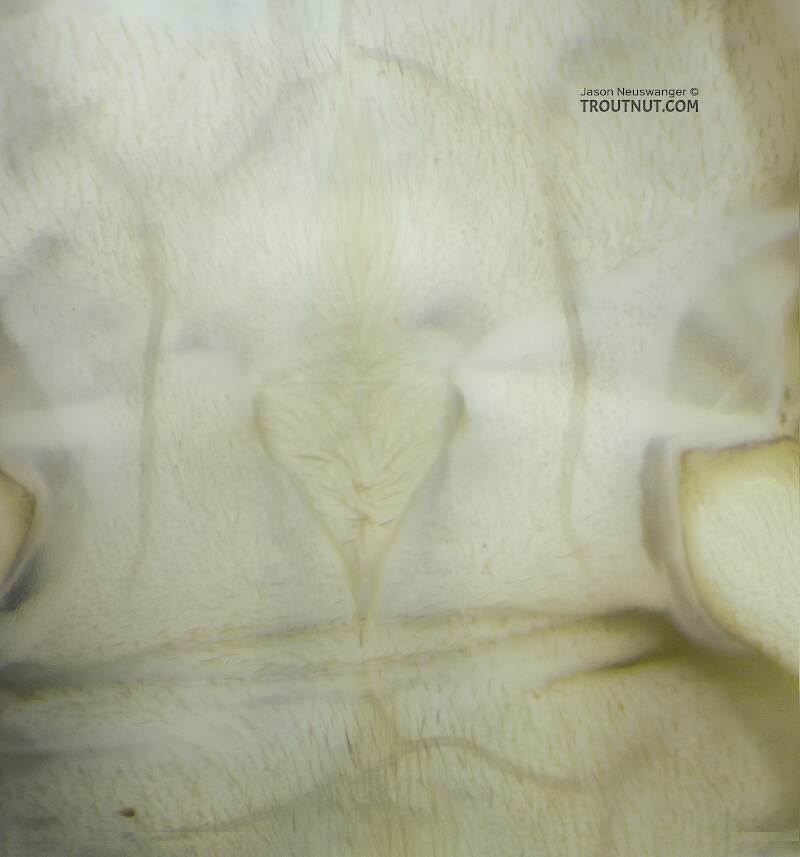

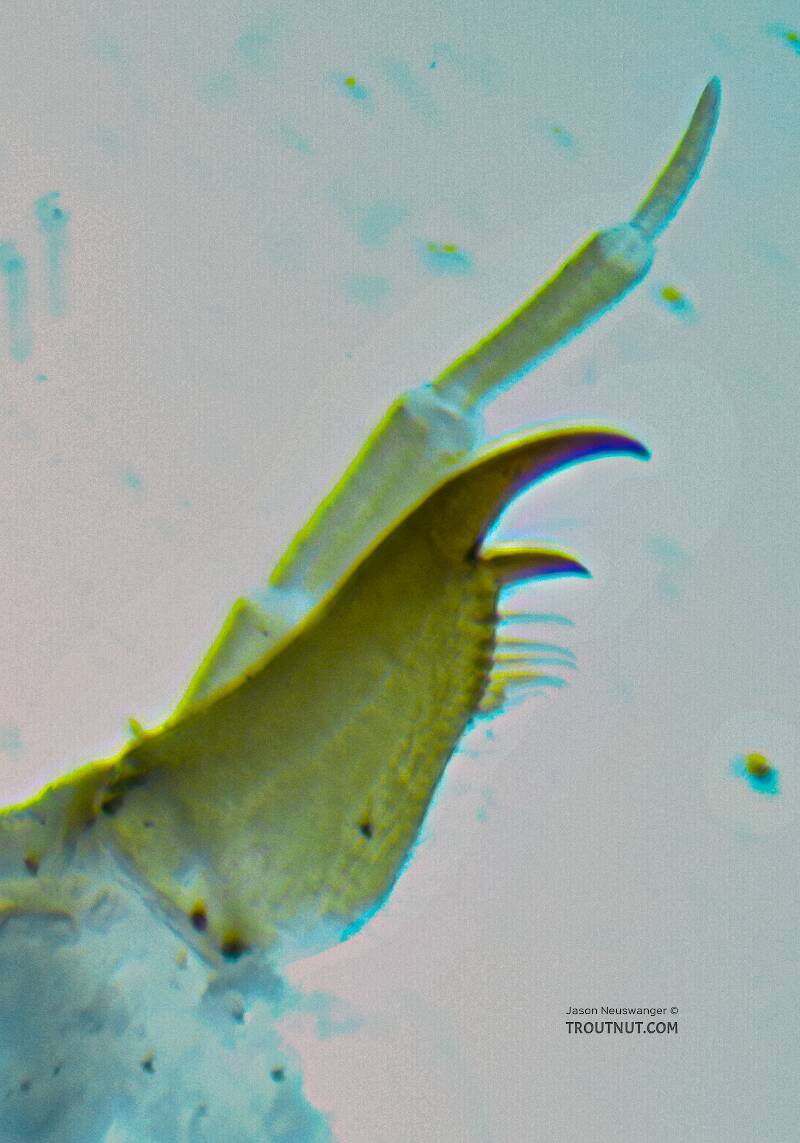
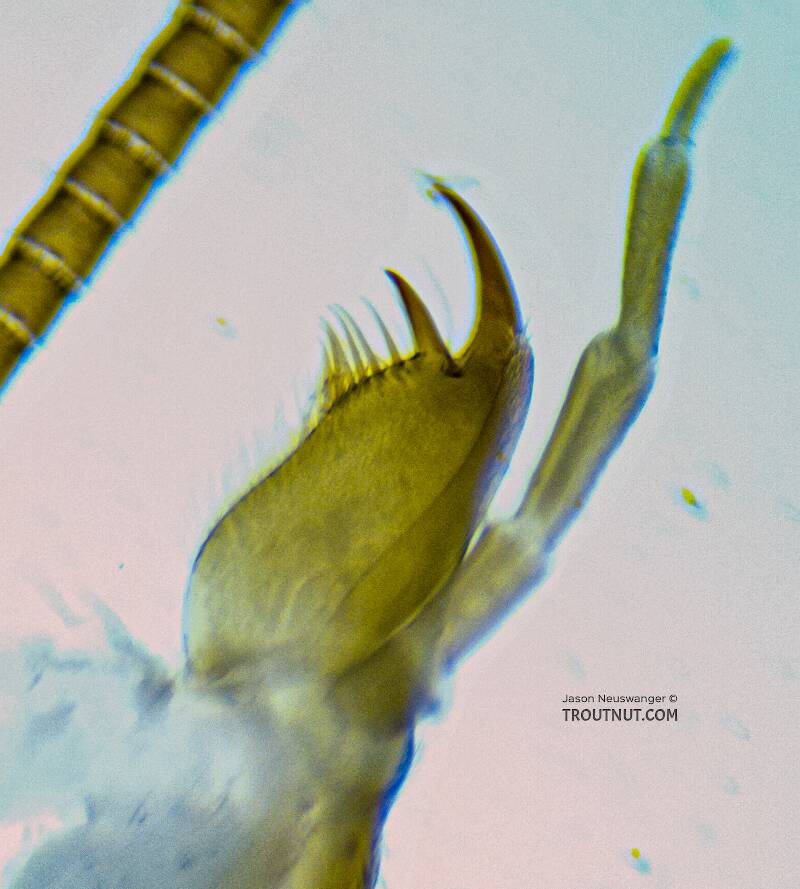
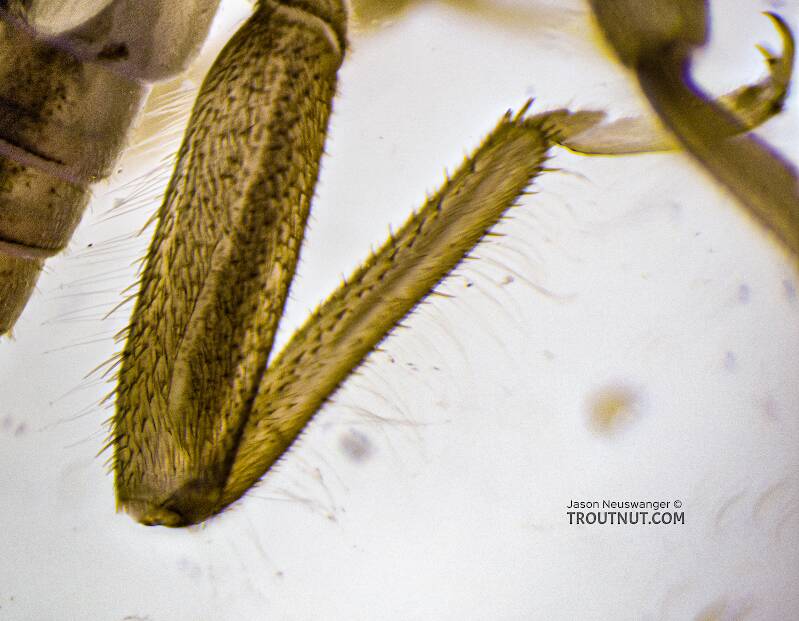
This stonefly was collected from the Yakima River in Washington on April 24th, 2022 and added to Troutnut.com by Troutnut on April 27th, 2022.
Start a Discussion of Nymph
Isoperla fusca (Yellow Sally) Stonefly Nymph Pictures
Collection details
Date: April 24th, 2022
Added to site: April 27th, 2022
Author: Troutnut

